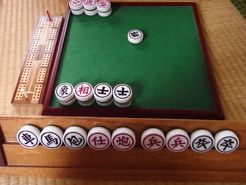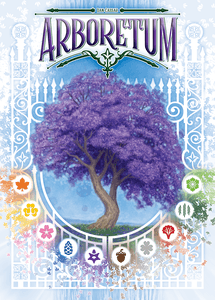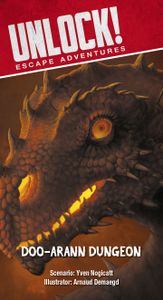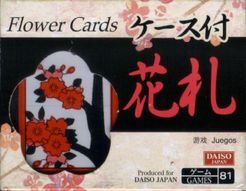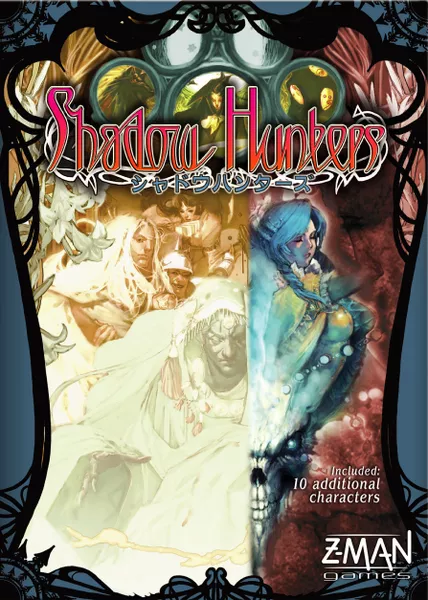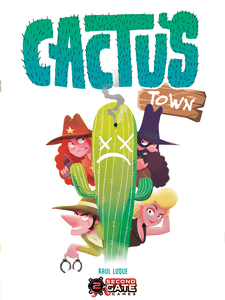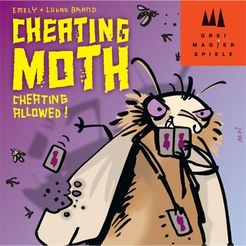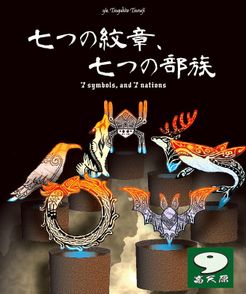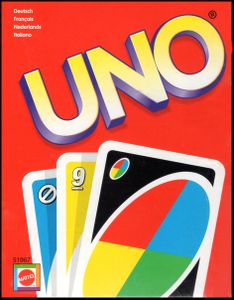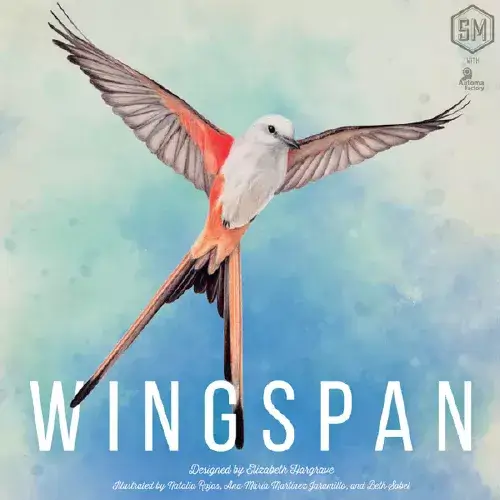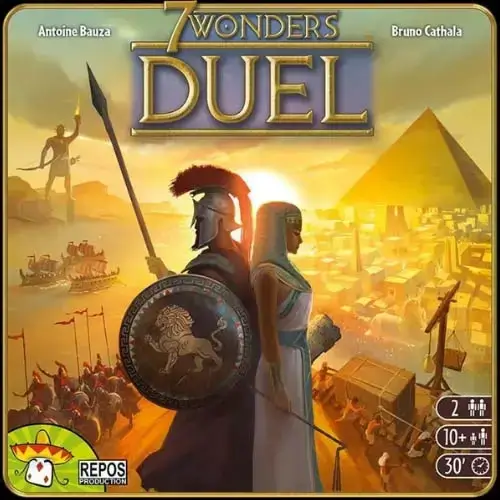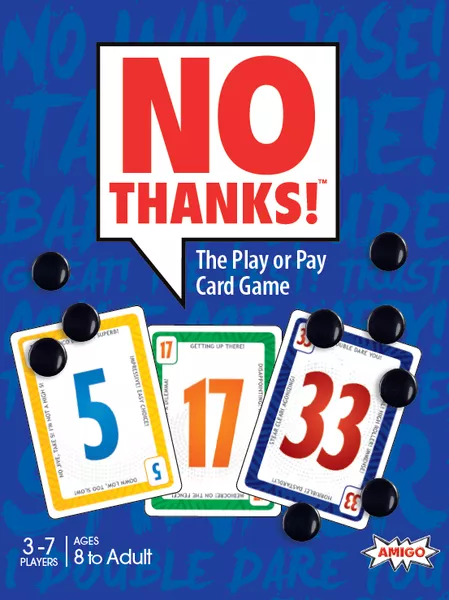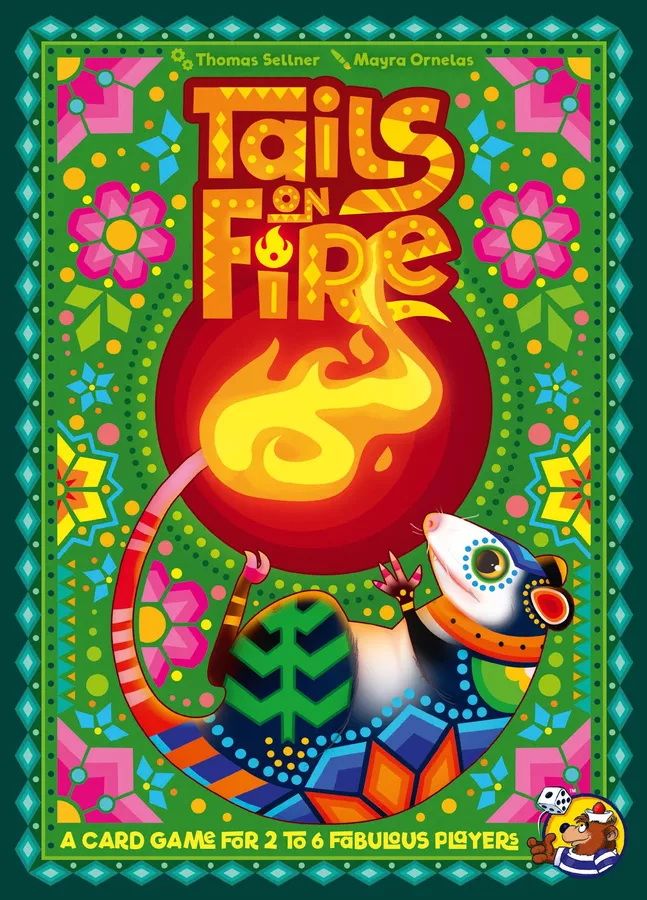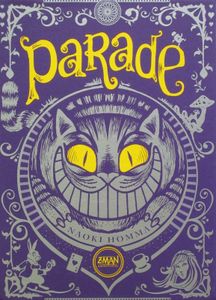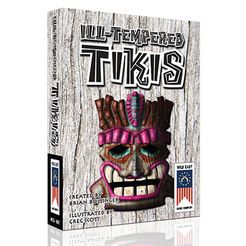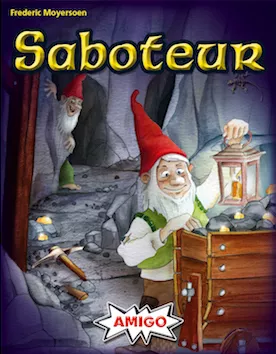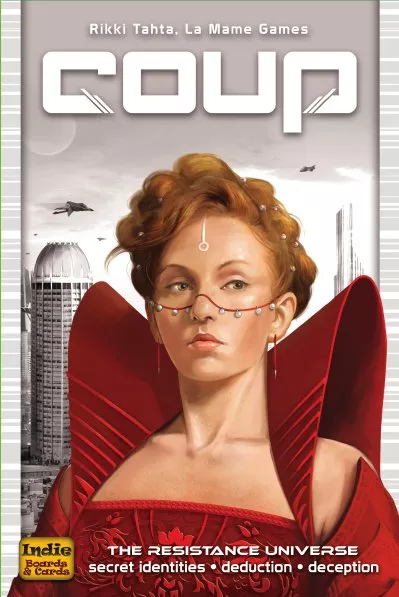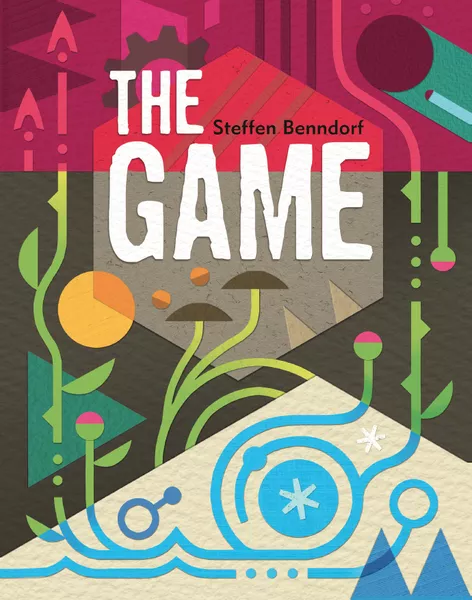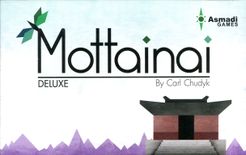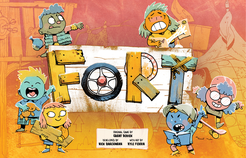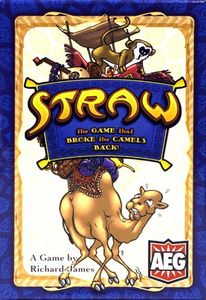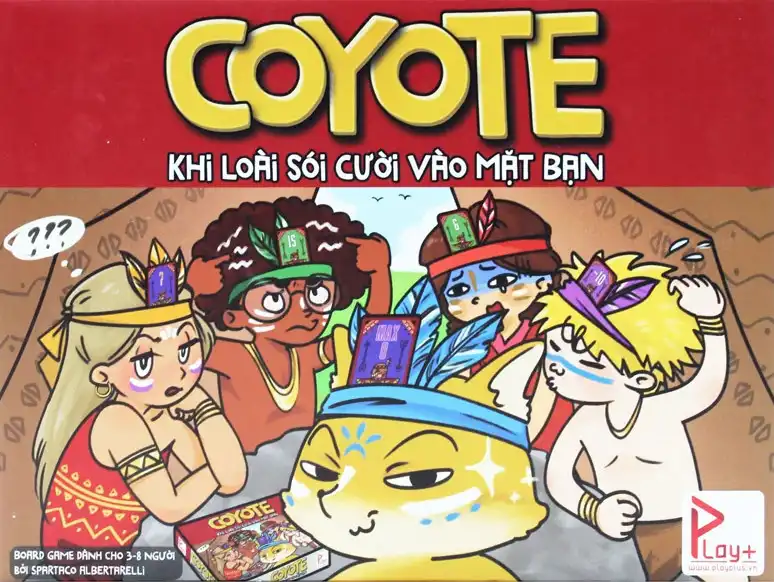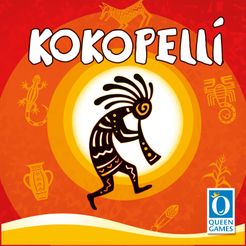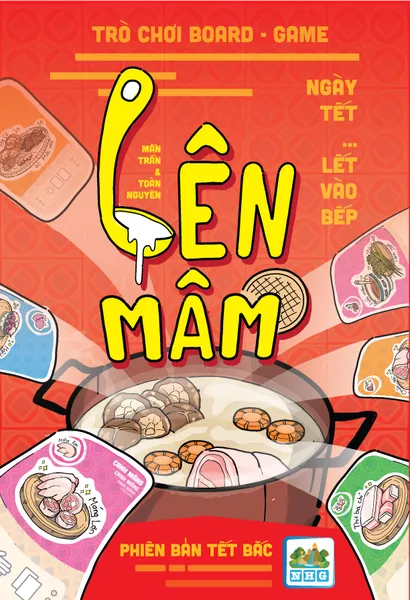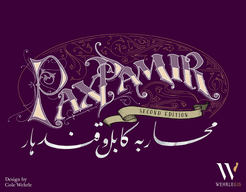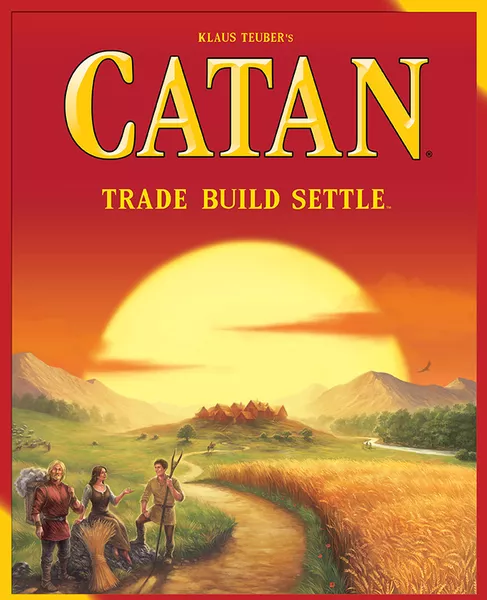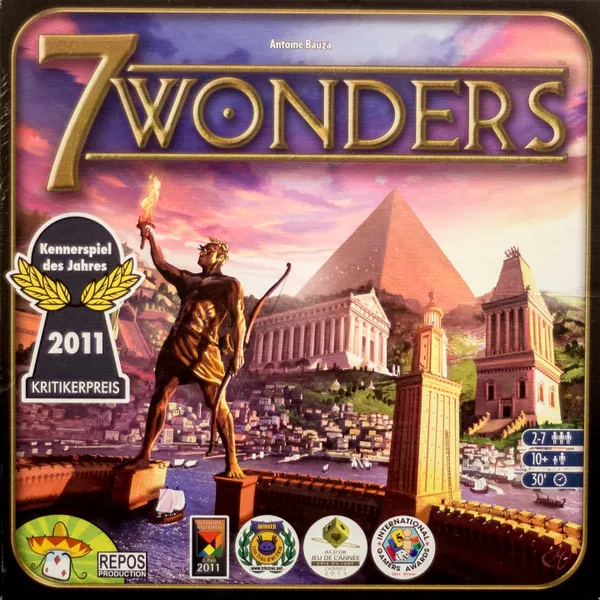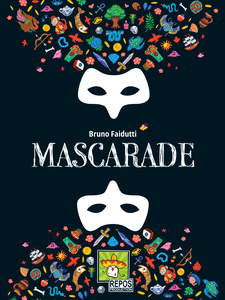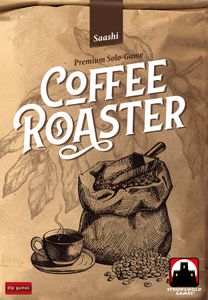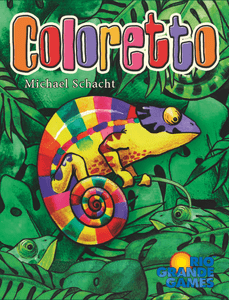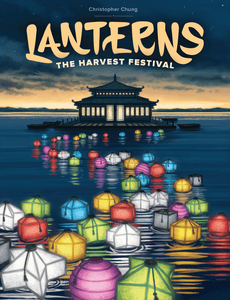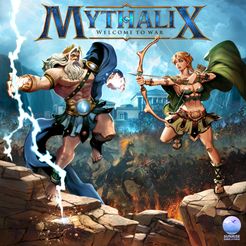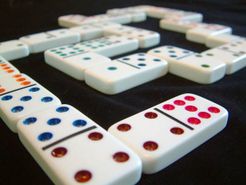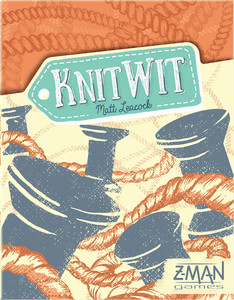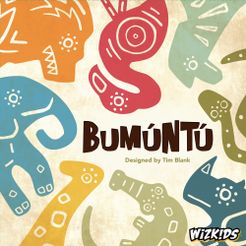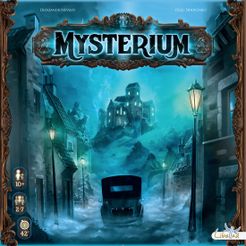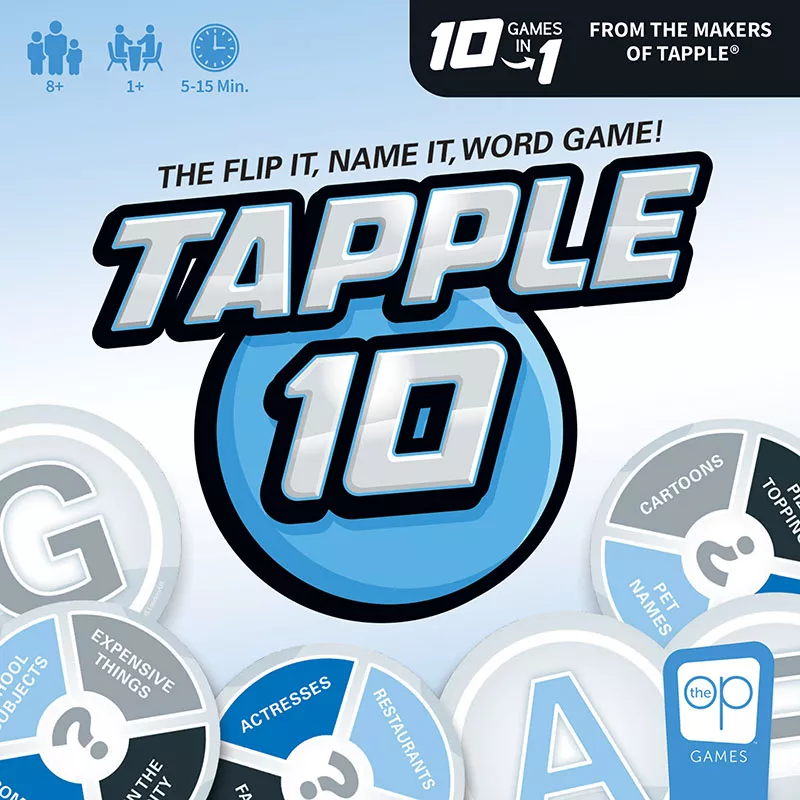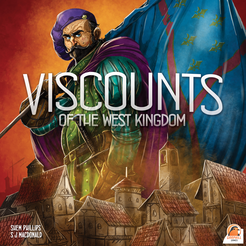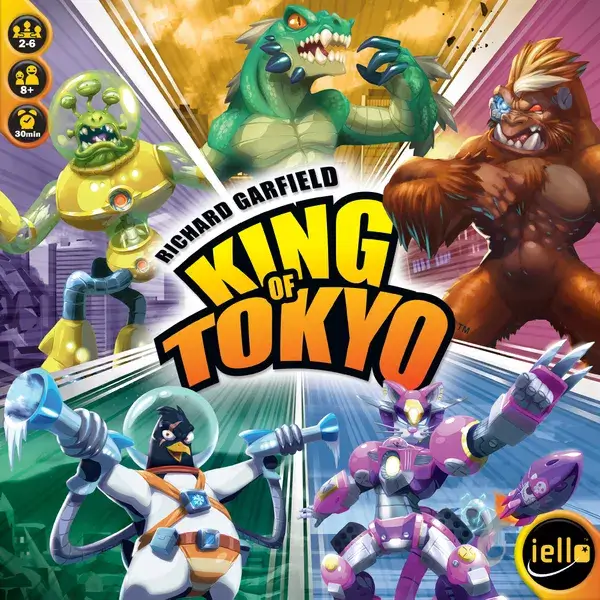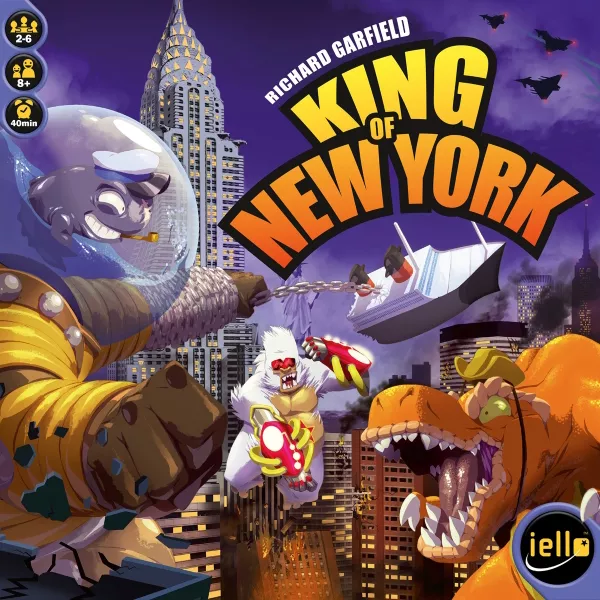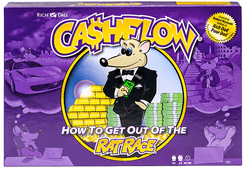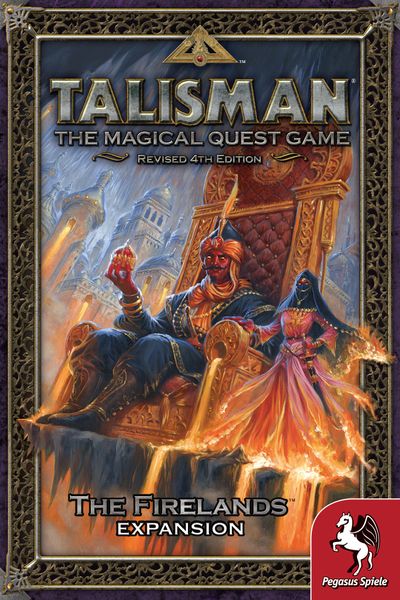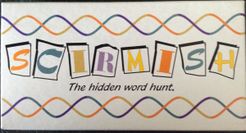Giog
Tác Giả: (Uncredited)
Nhà Phát Hành: (Public Domain)
- Giới Thiệu
- Hướng Dẫn
- Video
- Chơi Ngay
- Đánh Giá & Bình Luận
Giog uses Xiangqi Pieces but no board. All players help to scramble the 32 pieces face down and distribute the pieces evenly to themselves. If the number of players is three, the winner of the previous game or a volunteer receives 12 pieces and the other two players receive 10 pieces each. Like a Mahjong game, each player arranges his/her pieces into one line with half of the pieces on top of the other half.
Play is very similar to the Western card game 'Hearts', inasmuch as players reveal pieces in turn and whoever has the highest ranking piece being the winner. Should there be a tie among some players, they apply the same procedures again by revealing more lower pieces until the order is finally determined.
The player who played the strongest combinations of a same type (as what the round-starter played) wins that round. If there is a tie, the round-starter always wins, or the order of players determines the winner. For example, if the first and fourth player play the same combinations, first player wins unless fourth player is the round-starter. The winner of a round collects the won pieces and starts a new round. The game is played until all pieces are exhausted. The game will go to the player who wins most pieces.
Other versions of this game are known as Sānbèi qí (三倍其: triple game), Dǎ qí luò (打棋摞: playing chess stacks), Chēlún qí zhàn (車輪棋戰: wheel chess battle) or Jū mǎ pāo (車馬包): chariot-horse-cannon, which is one of the noble three-piece combinations) or Sang Krip. A related but somewhat different game Zhì hǔ (擲虎 : throw dragon), also known as Sān guó (三國 : three kingdoms) is played in Taiwan.
Details on rules: https://www.pagat.com/multitrk/giog.html



